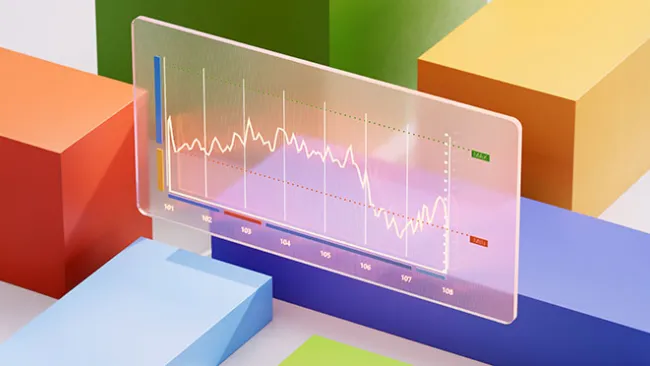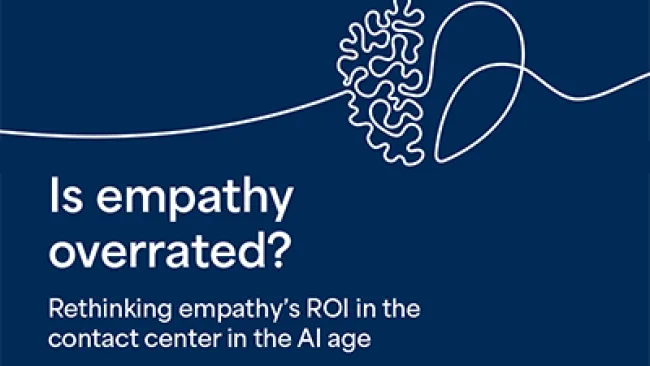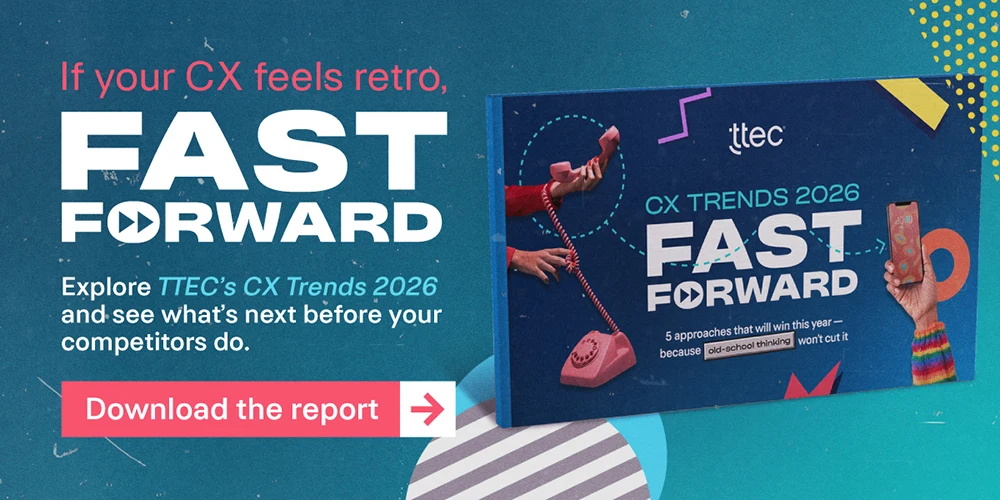When we talk about the patient experience in healthcare, our conversations often gravitate toward the obvious — the warmth of the front desk staff, the clarity of a doctor's explanation, or the cleanliness of a waiting room.
But what about the patient's first point of contact? That critical, often-overlooked moment when the patient first dials into your contact center?
For too long, we’ve measured the success of our contact centers with metrics that prioritize speed over quality. We’ve obsessively tracked average handle time (AHT) as if a patient’s call were a pit stop in a race.
The truth is, “old guard” industry standard metrics can be a double-edged sword. While they serve a purpose in operational efficiency, they often create an environment where associates are incentivized to end the call as quickly as possible, potentially sacrificing a patient’s need for a complete, empathetic, and resolution-oriented conversation. This approach, ironically, can lead to higher repeat calls and a far worse patient experience.
So, how do we move beyond the stopwatch and start measuring what truly matters?
The new horizon: Patient-centric KPIs
A new wave of metrics is emerging, shifting the focus from associate productivity to patient success. These are the KPIs that build trust, drive loyalty, and lay the foundation for better health outcomes.
1. Patient effort score (PES): The measure of convenience
Instead of just measuring how fast you answered the call, this metric measures how easy it was for the patient to get an issue resolved. Did they have to navigate a confusing IVR system? Were they transferred multiple times? A low PES indicates a frictionless experience, which is crucial for patient loyalty. Research consistently shows that reducing patient effort is a far more powerful driver of loyalty than delighting them.
2. First contact resolution (FCR): The patient satisfaction engine
While not entirely new, FCR takes on a new importance in a patient-centric model. For patients, having their issue resolved on the first call isn't just convenient; it's a profound relief. The opposite — being told you need to call back or being transferred — is a major source of frustration. One study found that for every 1% improvement in FCR, patient satisfaction rises by 1%.
3. Patient sentiment score: The pulse of the conversation
Thanks to innovations in AI and natural language processing, we can now analyze call transcripts and chat logs to gauge the emotional tone of a conversation. A patient sentiment score tracks emotion shifts, identifying when a patient is becoming frustrated or if an associate is successfully de-escalating a tense situation. This moves beyond a simple “good/bad” score, providing deep, actionable insights into what drives a positive patient experience.
Beyond the call: KPIs that drive enterprise-wide impact
The contact center is more than a customer service department — it’s the front door of your healthcare organization, and its performance has a direct, measurable impact on enterprise-level goals.
Patient retention and lifetime value (LTV): A positive contact center experience is a powerful catalyst for patient loyalty. According to research, patients who have efficient and effective service are more likely to return and recommend the provider to others. By fostering trust and providing frictionless experiences, contact centers can directly increase a patient’s LTV by encouraging follow-up appointments, preventive care, and referrals. Lowering your abandonment rate by just 1% could result in four new patients per week for a health system handling 2,000 calls weekly, representing millions in recovered revenue.
Improved health outcomes: The contact center is a critical tool for clinical engagement. In fact, a German study found that proactive care calls to patients led to a significant 6.2% decrease in hospital admissions overall, with a staggering 14.2% decrease for high-severity patients. The contact center's role in this included:
Medication adherence: Proactive reminders and support for long-term care plans.
Chronic disease management: Regular check-ins and educational support.
Preventing diagnostic delays: Facilitating timely appointments and providing clear information.
The enterprise challenge and the contact center’s role
Looking at metrics on an enterprise level is a significant challenge, often plagued by fragmented data, legacy systems, and a lack of a unified patient view. The contact center’s data — which includes not just basic call stats but also rich, unstructured information from conversations and chat logs — is often siloed from the electronic health record (EHR) and billing systems.
However, the contact center can be a powerful facilitator of change. By leveraging modern platforms with robust AI and analytics, it can:
Extract insights: Convert unstructured conversations into structured, actionable data such as patient-reported symptoms, frustration triggers, and feedback.
Streamline workflows: Integrate with EHRs and CRMs to provide a 360-degree patient view, empowering associates and improving data quality.
Facilitate proactive care: Use predictive analytics to identify at-risk patients and initiate outreach campaigns for preventative care or follow-up appointments.
In the end, it’s not about being the fastest. It’s about building a contact center that is patient-centric from the ground up, where success is measured not in seconds, but in the trust, loyalty, and improved health outcomes you deliver.
Are your contact center KPIs truly measuring what matters?
I believe healthcare’s future belongs to organizations brave enough to put patients first, especially those historically left behind. I help healthcare leaders use AI to amplify human connection, not replace it. Every Wednesday, Pulse Points explores the intersection of healthcare experience, technology, and human connection — with a focus on communities most impacted by health equity gaps.















